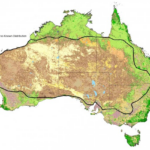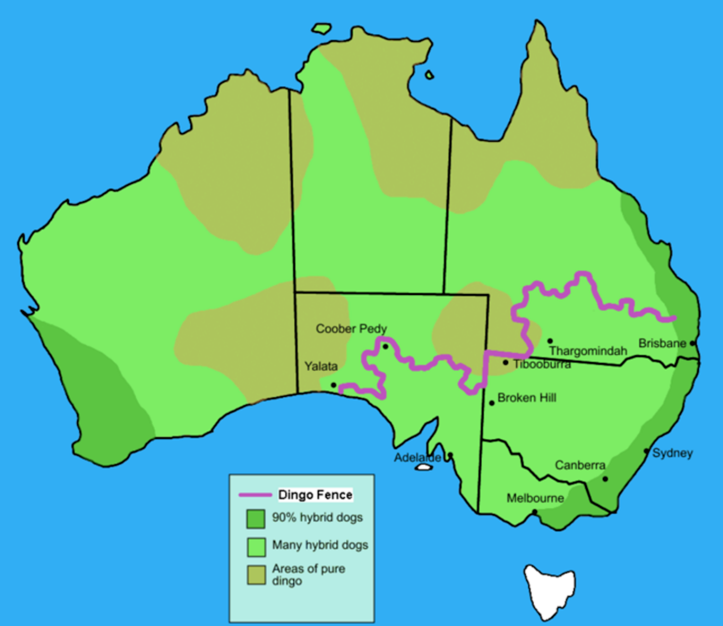|
Getting your Trinity Audio player ready...
|
Australia, known for its breathtaking landscapes, unique wildlife, and vibrant culture, is also home to a diverse and dynamic population. As of the latest available data, Australia’s population stands at approximately 26 million people, and it continues to grow steadily. This article delves into the current state of the Australian population, exploring key trends, factors contributing to growth, regional variations, and the implications for the nation’s future.
Population Growth and Composition
Australia’s population has been steadily increasing over the years, driven by natural growth (births minus deaths) and net migration. The country’s annual population growth rate hovers around 1.5%, a figure that might seem modest but is substantial considering Australia’s size and its relatively low birth rate.
Migration plays a pivotal role in Australia’s population dynamics. The country has a robust immigration system that attracts skilled workers, international students, and family reunions. This influx of migrants has contributed to Australia’s cultural diversity, with over 200 nationalities represented in the population.

Urbanization and Regional Variations
To add on, Australia’s population is primarily concentrated in urban areas, with nearly 90% of Australians residing in cities and metropolitan regions. Sydney, Melbourne, and Brisbane are the most populous cities, accounting for a significant portion of the national population.
This urban concentration has led to regional disparities, with rural and remote areas experiencing lower population growth rates and facing challenges related to infrastructure, healthcare, and education. Moreover, policymakers are actively addressing these issues to ensure balanced development across the nation.
Age Structure and Aging Population
In addition, Australia’s age structure is shifting, with an aging population becoming increasingly prevalent. The median age of Australians is around 37 years, a reflection of improved healthcare and an extended life expectancy. This trend presents both opportunities and challenges.
An aging population places pressure on healthcare and pension systems, while also opening up possibilities for an experienced and skilled workforce. It underscores the importance of policies that promote active aging. Hence, ensuring that older Australians can remain productive and engaged in society.
Indigenous Population
Australia is home to a rich Indigenous heritage, with the Aboriginal and Torres Strait Islander population making up approximately 3% of the total population. This group faces unique challenges, including health disparities, lower life expectancy, and cultural preservation issues. Moreover, efforts are ongoing to address these disparities through healthcare initiatives and cultural recognition.
Multiculturalism and Diversity
To add on, one of Australia’s defining characteristics is its multiculturalism. The nation celebrates its cultural diversity and promotes social cohesion through policies of inclusion and tolerance. This multicultural fabric has enriched Australia’s society, contributing to a vibrant culinary scene, arts, and cultural festivals that showcase the traditions of various ethnic groups.
Future Projections and Challenges
Furthermore, looking ahead, Australia’s population is projected to continue growing, with estimates reaching 30 million by 2030. This growth poses both opportunities and challenges. Moreover, the nation will need to invest in infrastructure, healthcare, education, and sustainable urban planning to accommodate the increasing numbers.
Additionally, Australia faces environmental challenges, such as water scarcity and climate change. Hence, which will require thoughtful policies and innovative solutions to ensure a sustainable future for its growing population.
Conclusion
The Australian population is a dynamic tapestry of cultures, ages, and backgrounds, shaped by immigration, urbanization, and societal changes. As the nation continues to evolve, policymakers must address the unique needs and opportunities presented by this diverse and growing population. By fostering inclusivity, promoting active aging, and addressing regional disparities, Australia can ensure a prosperous and harmonious future for its people. Therefore, embracing multiculturalism and celebrating its unique Indigenous heritage, Australia stands as a shining example of a thriving, diverse society on the global stage.
